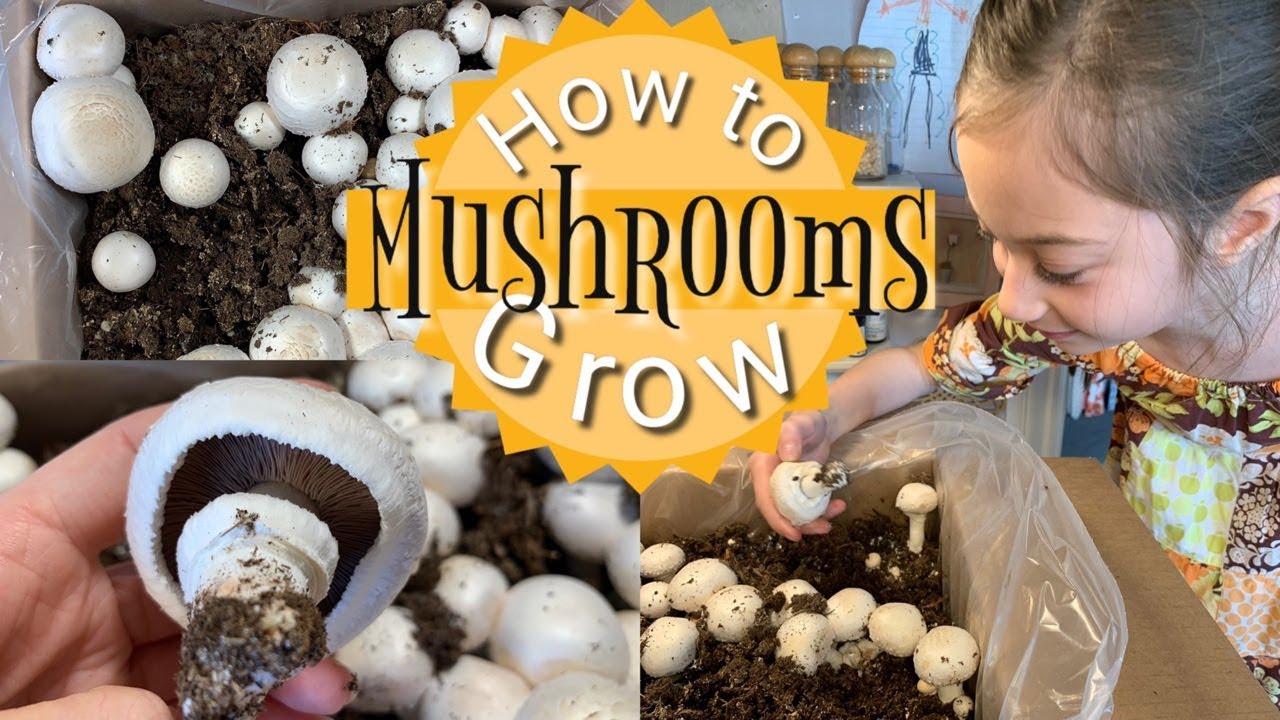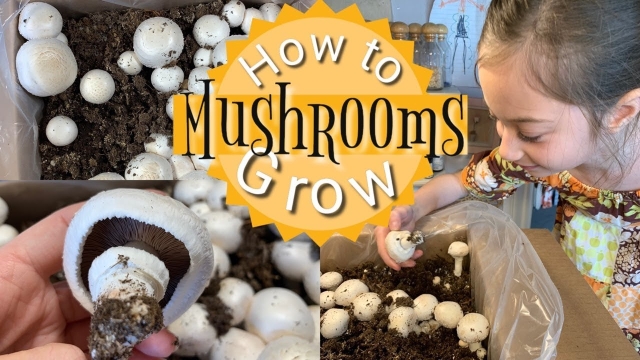
Mushroom growing is a fascinating and fulfilling journey into the world of fungi. Whether you are a beginner or a seasoned gardener, cultivating mushrooms at home is a unique and rewarding experience. Not only do mushrooms offer a myriad of flavors and textures, but they also possess numerous health benefits that make them a valuable addition to any diet.
Imagine the joy of watching tiny mushroom spores transform into a flourishing colony, sprouting up from your carefully prepared substrate. With a bit of patience and the right knowledge, you can turn your kitchen or garden into a thriving mushroom haven. From oyster mushrooms to shiitake or even more exotic varieties, the possibilities are endless when it comes to mushroom growing.
In this article, we will delve into the magic of mushroom cultivation. We will explore the different methods of growing mushrooms, from basic techniques like inoculation and fruiting to more advanced practices such as creating a controlled environment. Discover the secrets behind selecting the perfect substrate, understanding the ideal growing conditions, and ensuring proper hydration for your fungal friends.
So, grab your gardening gloves and prepare to be captivated by the enchanting world of mushroom growing. Get ready to unlock the mysteries of mycelium and witness firsthand the incredible power of nature. Whether you are seeking a new hobby, a sustainable food source, or simply a unique experience, mushroom cultivation is sure to ignite your curiosity and leave you in awe of the wonders that can be achieved from a simple spore. So let’s dive in and uncover the secrets of successful mushroom growing!
Choosing the Right Mushroom Variety
When it comes to mushroom growing, selecting the right variety is crucial. With numerous options available, it’s important to choose a variety that suits your preferences and growing conditions.
Firstly, consider the taste and culinary qualities of the mushrooms you wish to grow. Varieties like cremini, portobello, and shiitake are renowned for their rich flavors and versatility in cooking. Alternatively, if you prefer a milder taste, button mushrooms may be the ideal choice.
Secondly, take into account the environmental conditions necessary for optimal mushroom growth. Different varieties have specific temperature and humidity requirements. For example, oyster mushrooms thrive in cooler temperatures, while lion’s mane mushrooms prefer warmer and more humid environments.
Lastly, consider the availability and accessibility of mushroom spawn or spores. Certain varieties may be harder to find or require more specialized equipment to cultivate. It’s important to choose a variety that you can easily obtain resources for, whether it’s purchasing spawn or collecting spores.
By considering these factors, you can ensure that you choose the right mushroom variety for successful and enjoyable mushroom growing. The next sections will explore further aspects of mushroom cultivation, providing you with all the knowledge you need to embark on your fungal adventures.
Creating the Ideal Growing Environment
To successfully grow mushrooms, creating the right environment is crucial. This ensures optimal conditions for their development and allows you to enjoy a bountiful harvest. Here are some key factors to consider when setting up your mushroom growing space.
First and foremost, mushrooms thrive in a humid environment. They require moisture to grow and develop properly. To achieve the ideal humidity level, you can use a humidifier or place trays of water around your growing area. This will help maintain a consistent moisture level and prevent your mushrooms from drying out.
Next, proper ventilation is essential for mushroom cultivation. Good air circulation helps remove carbon dioxide and prevents the buildup of harmful gases. This can be achieved by installing fans or vents in your growing space. Adequate ventilation also helps regulate temperature, preventing it from becoming too hot or cold, which can be detrimental to mushroom growth.
In addition to humidity and ventilation, lighting is another crucial aspect of creating the ideal growing environment. While mushrooms don’t require direct sunlight, they do need some light to trigger the fruiting process. Indirect, ambient light from fluorescent or LED bulbs is typically sufficient. Avoid using incandescent bulbs, as they generate too much heat and can harm the delicate mushrooms.
By ensuring the right balance of humidity, ventilation, and lighting, you can create an optimal growing environment for your mushrooms. This will provide them with the best conditions to thrive and result in a successful harvest of delicious and nutritious fungi.
Harvesting and Enjoying Your Homegrown Mushrooms
Now that you have successfully grown your own mushrooms, it’s time to reap the rewards of your hard work! Harvesting and enjoying your homegrown mushrooms is an incredibly satisfying experience. Here are a few tips to ensure you make the most of your mushroom harvest.
Timing is Key: The timing of the harvest is crucial for achieving the best flavor and texture. Different mushroom varieties have different maturity stages, so it’s important to know when to pick them. Research the specific variety you are growing to determine the optimal harvest time. Generally, mushrooms are ready to be harvested when the caps have fully opened but haven’t yet begun to release their spores.
Gentle Handling: Mushrooms are delicate and can easily be damaged if not handled with care. When harvesting, gently twist or cut the mushrooms at the base of the stem using a sharp knife or scissors. Avoid pulling or tugging at the mushrooms, as this can harm the delicate mycelium network that supports their growth.
Enjoying the Fruits of Your Labor: Now that you have harvested your homegrown mushrooms, it’s time to savor their incredible flavors! Mushrooms can be used in a variety of delicious dishes, from savory soups and stir-fries to mouthwatering pasta dishes and flavorful risottos. Get creative in the kitchen and explore the culinary possibilities that these magnificent fungi offer.
Golden Teacher Mushroom
Remember, the joy of growing your own mushrooms doesn’t end with the harvest. Share your experiences and culinary creations with friends and family, and inspire them to embark on their own mushroom-growing journey. Happy harvesting and bon appétit!

